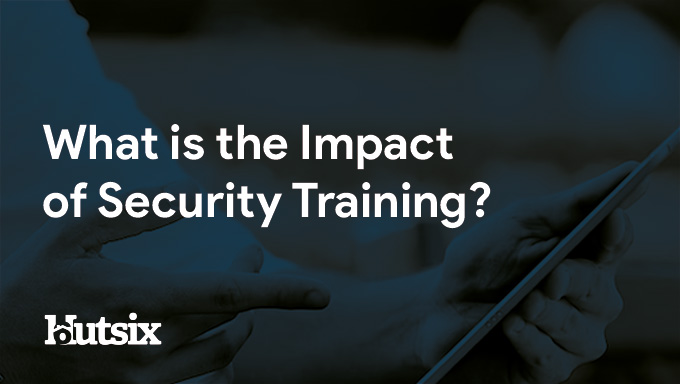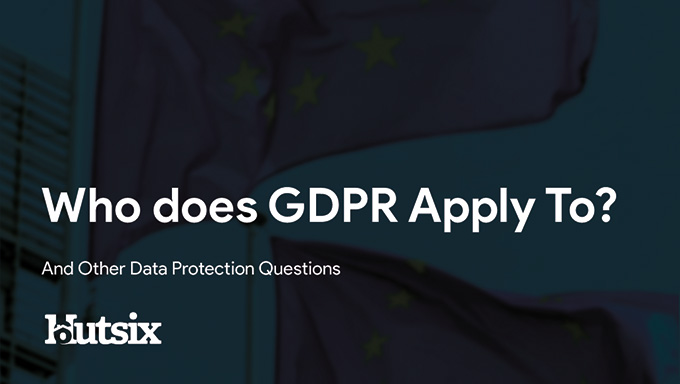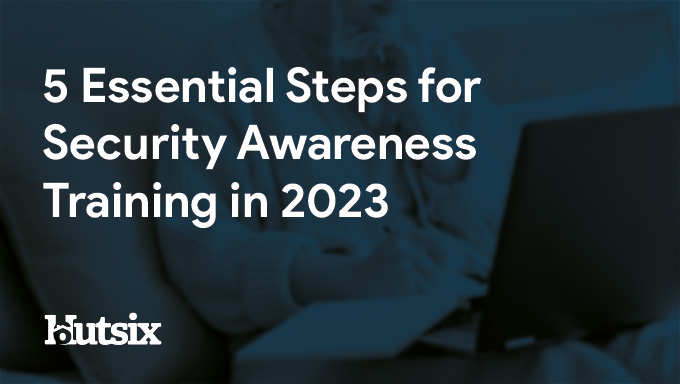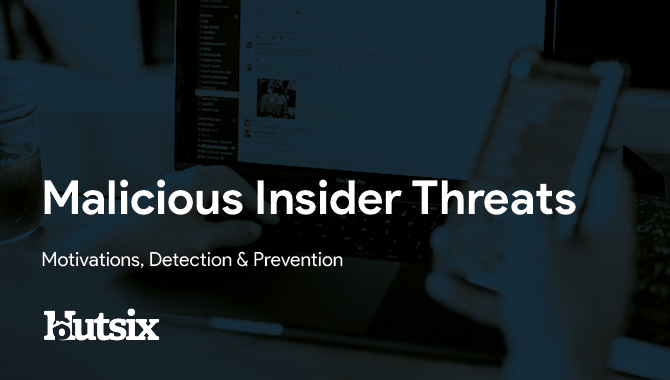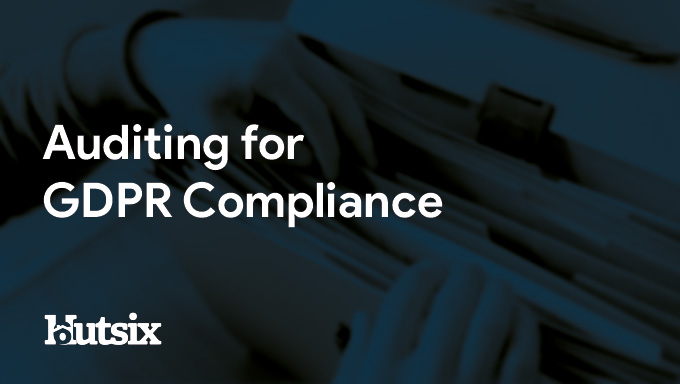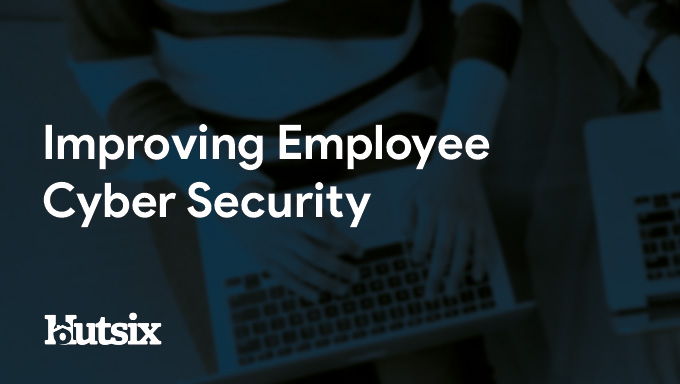A Guide to AI Security Policy
Less than two years have passed since the launch of ChatGPT, but much has changed. The impact that generative text-based artificial intelligence (AI) has made is profound.
Usage has accelerated rapidly and use cases have grown too. People from all sectors have found ways to integrate AI into their workflows, increasing productivity and extending capabilities. But this development has not come without risk.
From inaccurate outputs to data privacy concerns, security professionals and CISOs have, at times, struggled to keep up. However, ensuring a comprehensive AI security policy is in place is now essential. Failure to address these risks proactively could expose organisations to significant vulnerabilities, jeopardising not only their data integrity but also their reputation and financial stability.
Looking for the right security training for your organisation?
Talk to one of our experts about effective training now.
Why you need AI Security Policies
According to research, an estimated 73% of (US) companies have already adopted AI into at least one area of their business. Given the adaptability and the scalability of these systems, it's likely that we will only see this figure increase.
The ROI offered by generative AI systems will allow the dynamic organisations at the forefront of adoption a significant competitive edge. As such. developing and implementing an AI security policy is crucial to maintaining this competitiveness in today's ever evolving business environment:
Protecting Sensitive Data: An AI security policy helps safeguard sensitive information from cyber threats, ensuring data integrity and confidentiality. By mitigating the risk of data breaches, organisations can maintain the trust of their customers and stakeholders.
Compliance with Regulations: Regulatory bodies increasingly mandate stringent data protection standards. An AI security policy ensures compliance with these regulations, avoiding potential fines and penalties associated with non-compliance.
Preserving Reputation: A breach in AI security can severely damage an organisation's reputation. By implementing robust security measures, companies demonstrate their commitment to protecting customer data, enhancing brand trust, and preserving their reputation in the market.
Maintaining Competitive Edge: In today's competitive landscape, customers prioritise security when choosing products or services. An effective AI security policy sets organisations apart by offering enhanced data protection measures, thereby attracting customers and maintaining a competitive edge.
Mitigating Financial Risks: Data breaches can incur significant financial losses, including legal fees, regulatory fines, and loss of revenue. By proactively addressing AI security risks, organisations can mitigate these financial risks and ensure long-term financial stability.
Facilitating Innovation: An AI security policy provides a framework for securely integrating AI technologies into business processes. By mitigating security concerns, organisations can foster innovation and explore new opportunities for leveraging AI to drive business growth.
Read More: Artificial Intelligence and Employee Security Training
What are the Security Considerations of AI?
Before you start writing an AI security policy it's important to consider the risks that AI poses to your organisation.
Below is an in-depth exploration of some prevalent security concerns associated with AI, although it's worth noting that your organisation may encounter additional, specific risks not addressed here:
Privacy Concerns
While there are differences between platforms, input from users is often processed to further train the AI models of the future. Meaning, it is possible private and confidential information you input could end up being exposed to other users.
As such, it is vital employees do not share information that should be protected or kept confidential, essentially treating chatbots as non-trusted parties.
Inaccurate Outputs
AI algorithms are not immune to errors and biases, which can manifest in the form of inaccurate outputs. These inaccuracies may stem from flawed training data, algorithmic biases, or unforeseen interactions within complex systems.
These AI systems are trained on text pulled from the internet, and while extensive efforts have been made to provide human verification and to use reliable sources, inaccurate or imperfect information is unavoidable.
Inaccurate outputs can have serious consequences, ranging from financial losses to compromised decision-making processes, undermining the trust in AI-driven solutions, and hindering organisational objectives.
Reskilling and Training
Given the evolving nature of AI technologies, it's imperative for employees to undergo reskilling and training to effectively collaborate with AI systems. By offering opportunities for upskilling, organisations can equip their workforce with the necessary competencies to navigate the complexities of AI integration seamlessly.
Without sufficient training, organisations not only increase the likelihood of employees failing to recognise and address security threats, but also miss the opportunity to leverage AI for process optimisation, increased competitiveness, and employee development.
Ethical Use of AI
Employees should be educated about the ethical implications of AI usage, including issues related to algorithmic accountability, transparency, and the responsible use of AI technologies. Establishing clear ethical guidelines and standards for AI usage can help ensure that employees understand their responsibilities when working with AI systems.
Read More: New AI and Chatbot Tutorial
What are AI Security Policies?
AI Security Policies refer to the set of guidelines and procedures designed to address security concerns specifically related to generative AI systems. These policies aim to ensure the responsible and secure use of AI technologies within an organisation.
Below are the steps to creating an effective AI policy:
Defining Objectives: Clearly define the objectives of the AI policy, considering the organisation's overall security goals, compliance requirements, and specific challenges associated with AI technologies.
Understand Compliance: Thoroughly understand relevant regulatory frameworks and industry standards pertaining to AI security and data privacy. Ensure that the generative AI policy aligns with these compliance requirements to mitigate legal and regulatory risks.
Identify Use Cases and Risks: Identify and assess potential use cases for generative AI within the organisation, as well as associated security risks. Consider factors such as data sensitivity, potential impact of AI-generated content, and vulnerabilities inherent in AI algorithms.
Governance: Establish clear governance structures and roles responsible for overseeing the implementation and enforcement of the AI policy. Define processes for decision-making, risk management, and escalation of security incidents related to AI systems.
Transparency and Communication: Promote transparency and open communication regarding the use of AI technologies within your organisation. Clearly communicate the purpose, capabilities, and limitations of AI systems to relevant stakeholders, including employees, customers, and regulatory authorities.
Continuous Monitoring and Evaluation: Implement mechanisms for continuous monitoring and evaluation of AI systems to detect and mitigate security threats in real-time. Regularly assess the effectiveness of the AI policy and make necessary adjustments to address emerging security challenges.
AI Policy Template Examples
Below are examples of an AI policy. Designed to guide organisations in developing their own policies tailored to their specific needs and objectives.
[Example] Purpose
The purpose of this AI policy is to establish guidelines and principles for the usage of AI technologies within [Organisation Name]. This policy aims to ensure that AI systems are utilised in a manner that prioritises ethical considerations, safeguards privacy and security, and aligns with the organisation's values and objectives.
[Example] Scope
This policy governs the utilization of third-party or publicly available AI tools, encompassing platforms such as ChatGPT, Google Gemini, DALL-E, Midjourney, and analogous applications designed to simulate human intelligence for generating responses, producing work outputs, or executing specific tasks.
[Example] Dos/Don'ts
Dos:
- Do prioritise ethical considerations and fairness in AI deployment.
- Acknowledge that AI tools can offer utility but should not replace human judgment and creativity.
- Recognise the potential for inaccuracies, including "hallucinations," false information, or incomplete information, in AI outputs, and always verify responses meticulously.
- Treat all information provided to an AI tool as potentially public, regardless of tool settings or assurances from creators.
- Inform your supervisor when utilising an AI tool to aid in task completion.
- Ensure that any response from an AI tool intended for reliance is accurate, unbiased, compliant with intellectual property and privacy laws, and aligns with company policies.
Don'ts:
- Don't rely solely on AI algorithms without human oversight and intervention in critical decision-making processes.
- Avoid using AI tools in making employment decisions concerning applicants or employees, spanning recruitment, hiring, performance monitoring, and termination.
- Refrain from inputting confidential, proprietary, or sensitive company data into any AI tool, such as passwords, health information, or personnel material.
- Do not upload personal information about any individual, including names, addresses, or likenesses, into AI tools.
- Do not misrepresent AI-generated work as your original creation.
- Do not use AI tools not included in the approved list from the IT Department, as malicious chatbots could potentially compromise information security.
[Example] Violations
Violations of this AI policy may result in disciplinary action, including but not limited to reprimands, training requirements, suspension of AI system usage privileges, or termination of employment, depending on the severity and recurrence of the violation.
[Example] Disclaimer
This AI policy is intended to provide general guidance and principles for the ethical and responsible use of AI within [Organisation Name]. It does not constitute legal advice, and [Organisation Name] reserves the right to modify or amend this policy as necessary to address evolving regulatory requirements, technological advancements, or organisational needs.
AI Security Policy Template
Download our free AI Policy Template here:
Free AI Security Policy Template [Word Document]
Delaying the implementation of an AI security policy is akin to leaving the door wide open for potential threats. Without adequate safeguards in place, sensitive information may be compromised, leading to regulatory non-compliance, legal ramifications, and loss of consumer trust.
-
Please Note: The above policy document serves as an illustrative example and does not constitute legal advice or a comprehensive AI security policy for any specific organisation. It is imperative to consult with appropriate legal counsel, compliance officers, and relevant stakeholders within your organisation to develop a tailored AI security policy that meets your specific needs, regulatory requirements, and risk tolerance. Implementation of any AI security policy should be subject to thorough review and approval by authorised personnel and regulatory authorities within your organisation. Additionally, ongoing monitoring and updates may be necessary to ensure continued compliance and effectiveness in addressing evolving security concerns associated with AI technologies.
Security Awareness for your Organisation
Enjoyed our blog? Learn more about how Hut Six can help improve you security awareness with training and simulated phishing. Start a free trial now, or book a meeting with one of our experts.
Featured
What is the Impact of Security Awareness Training? - Hut Six
Discover the Impact of Security Awareness Training: Prevent breaches, foster culture, & build trust.
What is Personal Data?
Learn about personal data, its types, and significance in data protection. Explore general and special category data, as well as pseudonymised and anonymised data under the GDPR.
Who Does GDPR Apply To?
Who Does GDPR Apply To? And Other Data Protection Questions/ Information Security blog by Information security awareness provider Hut Six Security.
Does ChatGPT Pose a Cybersecurity Risk
In this blog post, we explore whether AI chatbots like ChatGPT pose a cybersecurity risk. We delve into the potential vulnerabilities and threats posed by chatbots, and discuss measures that can be taken to mitigate these risks. Read on to discover how you can ensure the security of your organisation's chatbot interactions.
How Do I Get Cyber Essentials Certified?
Learn how to obtain Cyber Essentials certification and enhance your organization's cybersecurity posture with our comprehensive guide. Our expert insights will help you navigate the certification process to meet the requirements for Cyber Essentials.
Essential Steps for Security Awareness Training
Starting a security awareness training campaign? Here are 5 essential steps to help ensure information security success.
Malicious Insider Threats - Meaning & Examples
Malicious insider threats can cause massive problems. Here we examine some of the motivations behind attacks and methods of detection organisations can use to reduce risk.
5 Biggest Breaches of 2022 (So Far)
Five of the biggest and most significant data breaches, hacks, and information security attacks of 2022 (so far).
Auditing for GDPR Compliance
Questions to consider when auditing your business or SME for General Data Protection Regulation (GDPR) compliance.
Improving Employee Cyber Security
With human error responsible for many breaches and attacks, we offer some helpful areas for improving employee security compliance.



